IDEA
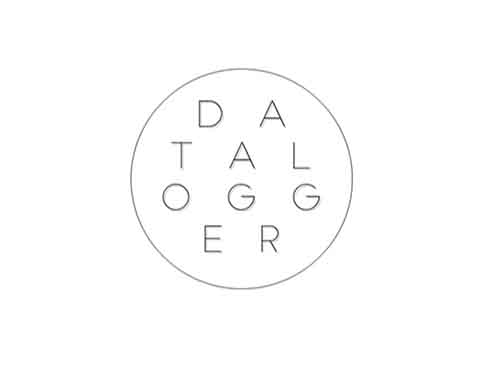
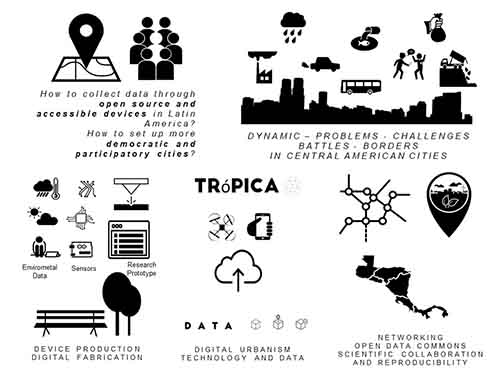


Latin America and the Caribbean represent the developing region with the highest level of urbanization on the planet. The urban population in Central America is 59%. Cities like Quetzaltenango, which emerge in Latin America with a vibrant economic activity, but with a growth on the territory without control and without planning.
The latest studies in Quetzaltenango indicate that the city has assets and advantages to be valued, but also indicates that it has many weaknesses, and many things to improve: such as efficient water consumption, separation and disposal of waste, The modernization of public transport, the recovery of ecosystems and green corridors, among many things.
For this type of projects, it is necessary to be able to calculate indicators, obtain and measure data on the environment and the infrastructures that make the city work. The problem is that it is unknown how to get this data and then what to do with them. As an urban planner, I like to build maps and graphs of the phenomena of my city, but I have the difficulty to obtain this data.
That is why for the Fab Academy project, I have decided to make an exploration of the devices and sensors that I can design, manufacture, program and operate in order to understand the dynamics of Quetzaltenango. I believe that other people may be facing the same problem and when thinking about this project can affect the development of sustainable cities. For that reason, I think researching and experimenting with the development of a device that can replicate in schools, universities, institutes, fab labs, and makerspaces, to contribute in the construction of their communities.
....The idea is to create an association between two local themes: Urban Design Lab and Fab City.
On the one hand, Urban Design Lab is a permanent or temporary ideas laboratory that helps municipalities find multi-sectoral solutions in the complex and dynamic world in which we live. UDL has a very special meaning for Quetzaltenango, it has been synonymous with the opportunity to "learn by doing", where there was no capacity or a specialty in participatory methodologies, and it became an initial instrument for approaching knowledge of reality, which Has served to understand the context of the municipality and the territory with its urban, rural and metropolitan dynamics.
And on the other hand, Following the ideals of Fab City, a think tank formed by citizen leaders, makers, urban planners and innovators who work together to change the paradigm of the industrial economy in the cities.
For the final project I decided to work on a device that promotes the free participation of its inhabitants, generating a sense of belonging and improving the interactions between the citizen and territory. That reinforce the sense of MAKING CITY
The purpose of final project is build a prototype with the ability to interact with the local environment and explore technologies available to cities in Central America, to relate technology and data with a kind of digital urbanism.
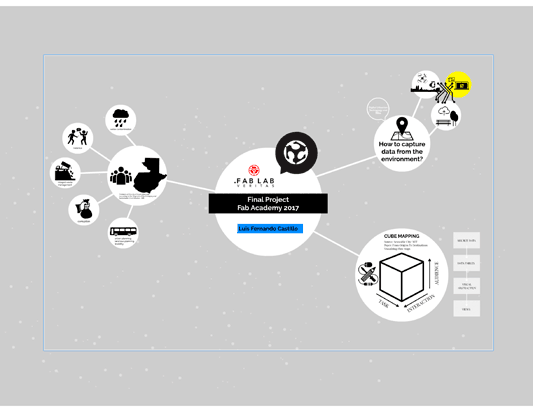
A sensor is an electronic component, module, or subsystem whose purpose is to detect events or changes in its environment and send the information to other electronics, frequently a computer processor. A sensor is always used with other electronics, whether as simple as a light or as complex as a computer.
A sensor's sensitivity indicates how much the sensor's output changes when the input quantity being measured changes. For instance, if the mercury in a thermometer moves 1 cm when the temperature changes by 1 °C, the sensitivity is 1 cm/°C (it is basically the slope Dy/Dx assuming a linear characteristic). Some sensors can also affect what they measure; for instance, a room temperature thermometer inserted into a hot cup of liquid cools the liquid while the liquid heats the thermometer. Sensors are usually designed to have a small effect on what is measured; making the sensor smaller often improves this and may introduce other advantages.
Most sensors have a linear transfer function. The sensitivity is then defined as the ratio between the output signal and measured property.
From Wikipedia, the free encyclopedia
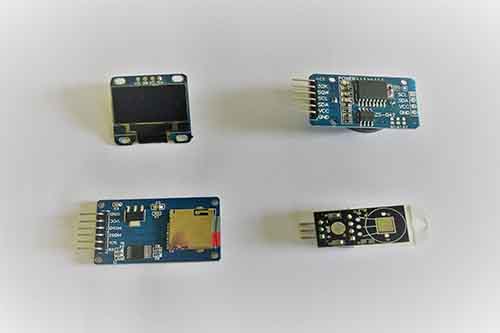
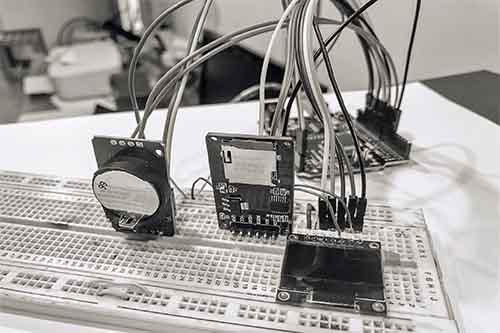
A data logger is an electronic instrument that records measurements at set intervals over a period.
Depending on the particular data logger, such measurements can include Air temperature, Relative humidity, AC/DC current and voltage, Differential pressure, Time-of-use (lights, motors, etc.) Light intensity, Water temperature, Dissolved oxygen, Soil moisture, Rainfall, Wind speed and direction, Leaf wetness, Pulse signals, Room occupancy
The type of data logger for the final project is based on The Open Source Building Science Sensors (OSBSS) project in 2013 to facilitate more cost-effective data collection for a wide variety of important building environmental and operational parameters. The goal of OSBSS was to build a platform for sensor and data logger development that had the following features:
Affordable price by utilizing inexpensive, yet high performance electrical components
Designed and constructed using open source hardware and software
Easy to build, program, and launch within ~2 hours for novice users following detailed tutorials online
Long-term onboard data storage on SD cards at user-defined intervals
Measurement accuracy similar to commonly used commercial devices
Low-power draw and long battery life for typical building applications
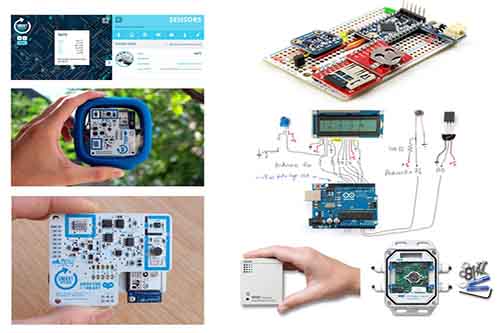
Tropica Data Logger will be a small device with an internal microprocessor, data storage, and one or more sensors, all housed in a hard plastic casing that is weatherproof and/or tamper resistant, depending on the model. Most stand-alone loggers communicate with a computer via a USB interface. For greater convenience, a data shuttle device can be used to offload data from the logger for transport back to a computer
Tropica Data Logger can be a Network project, especially if the device can be developed with an affordable technology, the goal would be to implement it in Central American cities.
The challenge in this project is to make the Data Logger functional, for it is serving a prototype to check that all its components work, but the success is not in making the device work well, if it does not matter much that the data that Can be interpreted for use by anyone, that is why I also saw fit to develop the design of the user interface. From the projects I've analyzed, the Open Source Building Science Sensors (OSBSS) data loggers show that they can be economical, buying components with US vendors, the problem is for countries like Guatemala that do not have direct sellers because Components must be purchased by intermediaries.
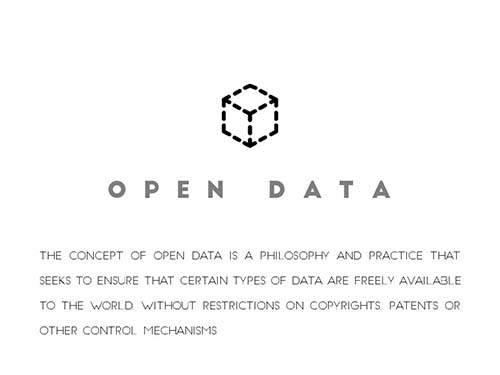
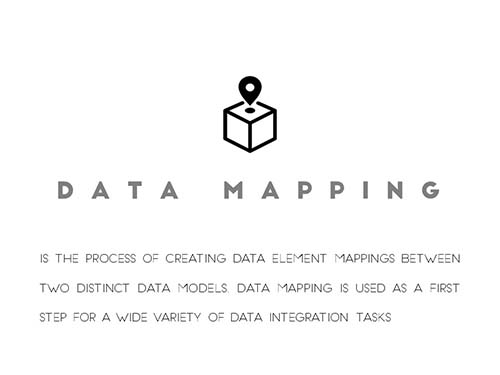
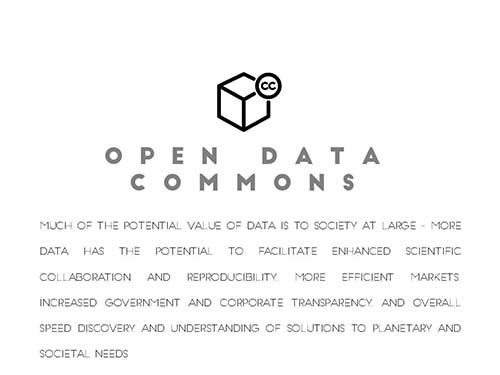
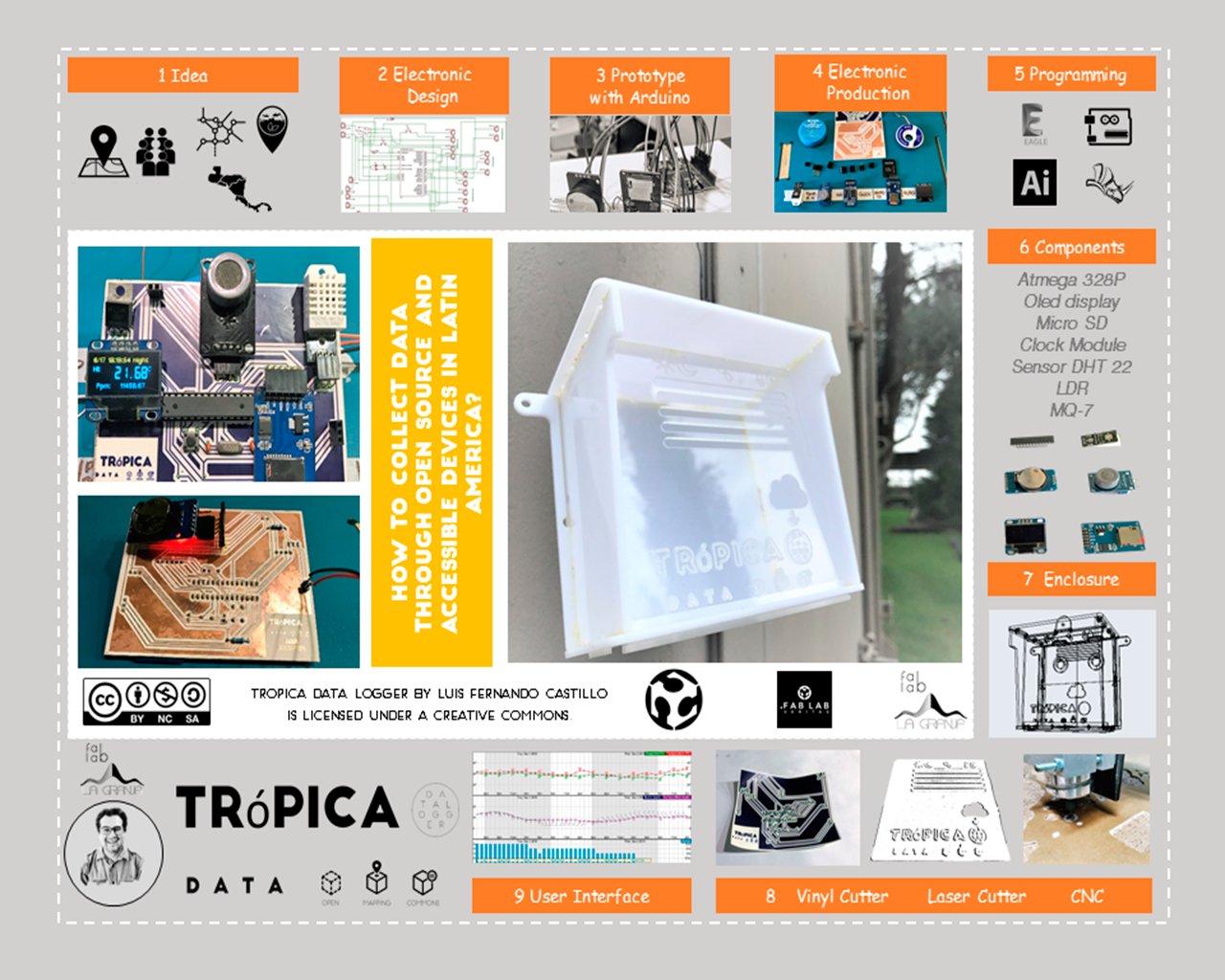
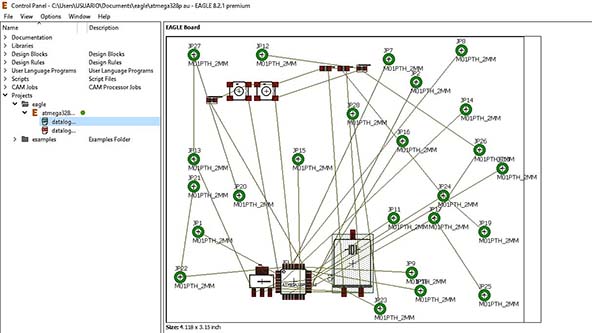
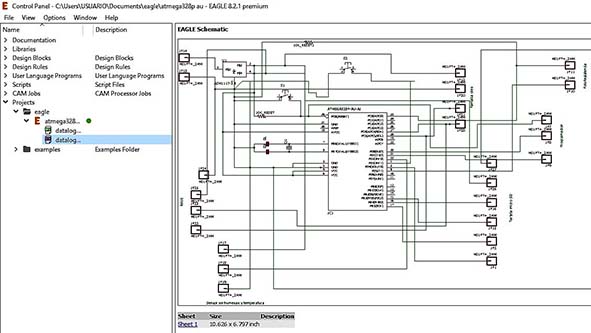
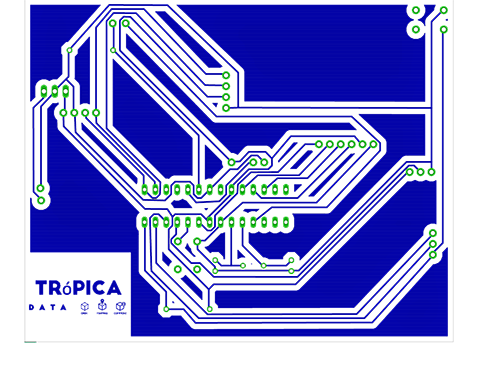
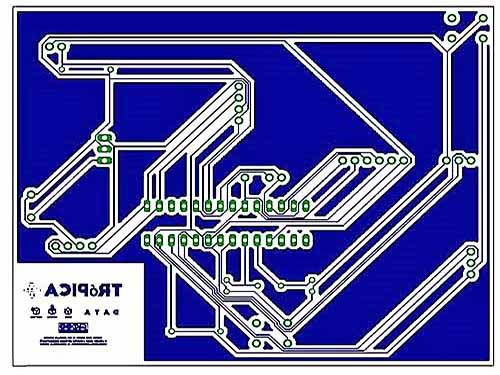
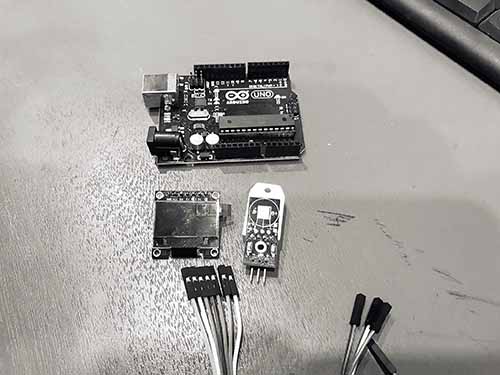
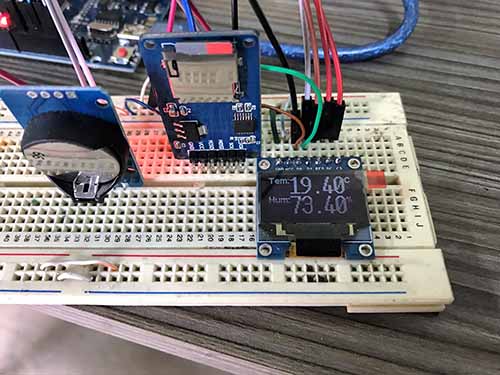
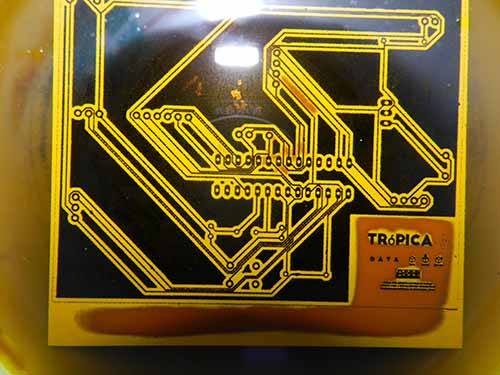
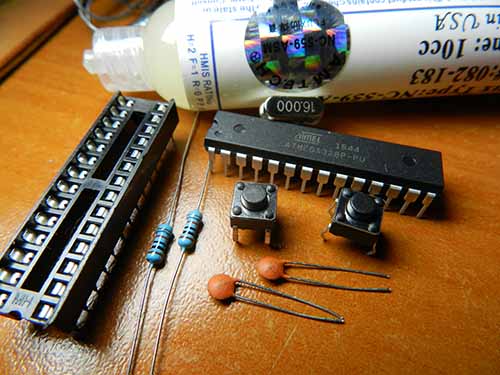
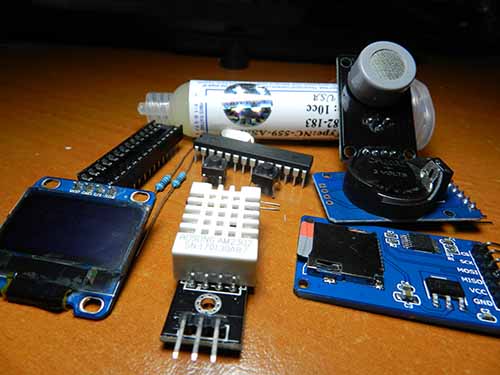

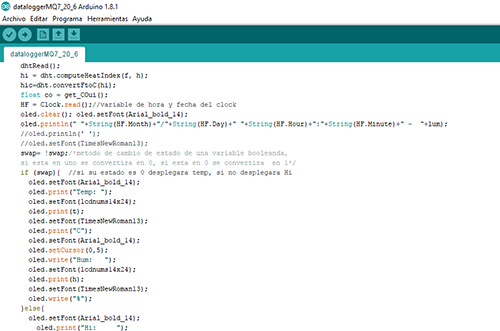
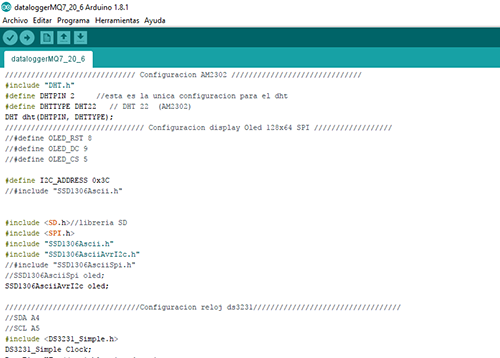
Materials
1. PCB fabrication – phenolic paper $2
2. Ferric/cupric chloride $1
3. Tin for welding $0.50
4. Flux $0.50
5. Transfer $1.00
6. Protoboard $4.00
7. Jumper wire $4.00
8. Acrylic Case $15.00
Components
1. AT mega 328P $3.50
2. OLED display 128*64 spi $7.00
3. Button $0.25
4. Micro SD card adapter $3.00
5. Clock Module DS 3231 $3.00
6. Battery CR2032 $1.20
7. Capacitors 22 pf $0.25
8. Crystal 16 Mhz $0.40
9. Regulator 5 V 7805 $1.00
10. Battery Lion $2.50
11. Sensor DHT 22 (Temperature and relative humidity) $12.00
12. LDR $0.40
13. Resistor 10 K $0.10
14. San disk ULTRA SDHS Card with adapter $7.00
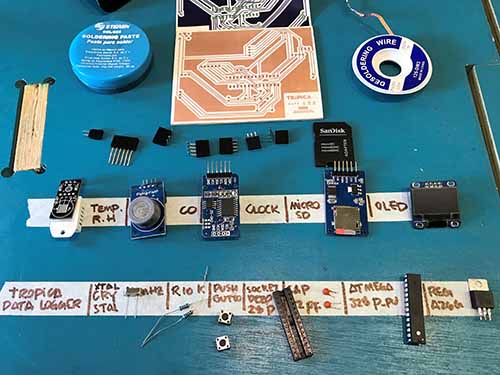
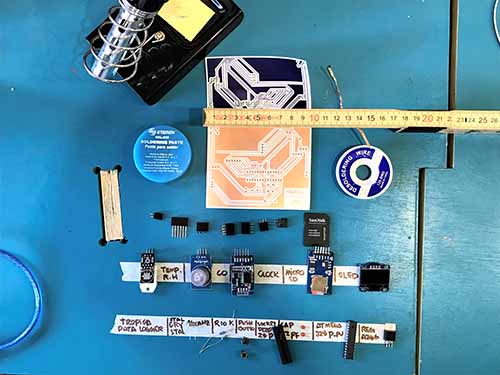
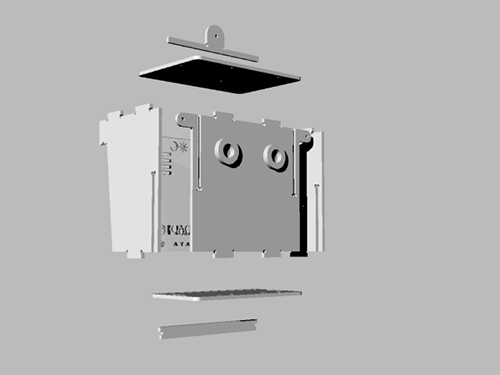
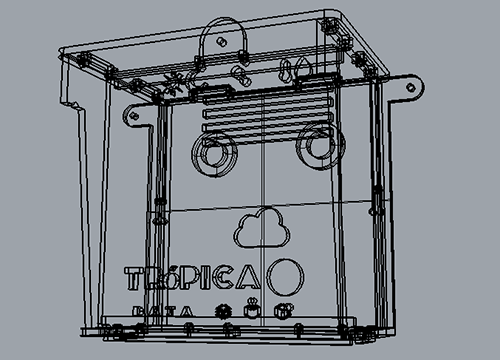
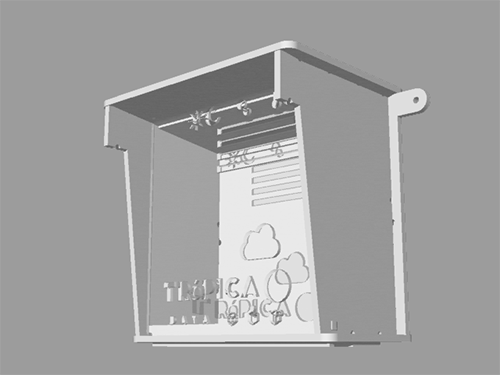

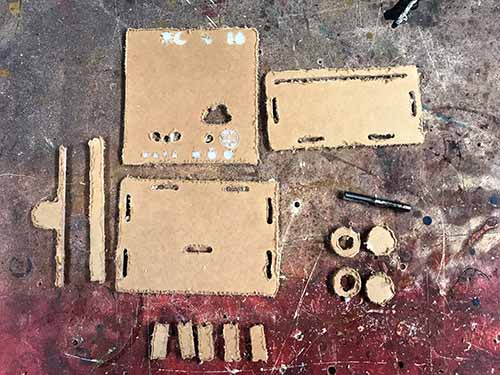
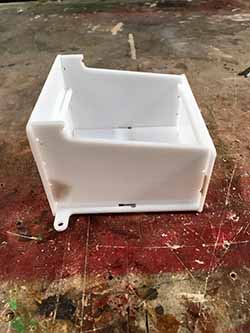
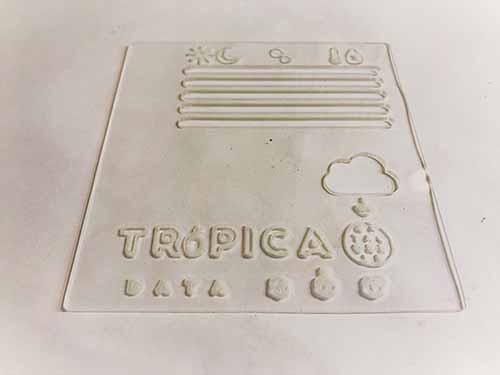
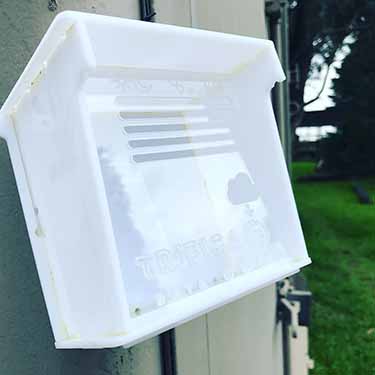
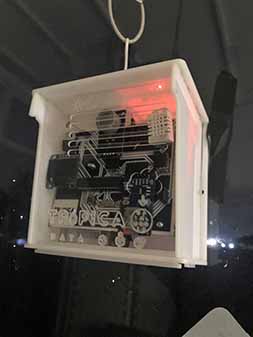
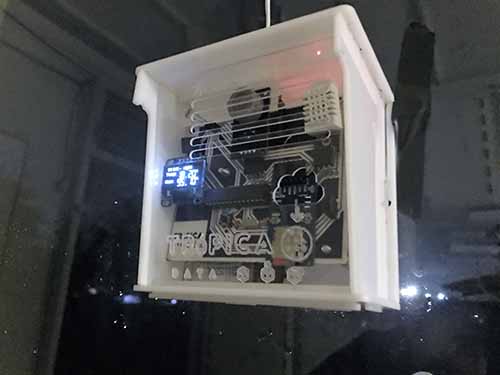
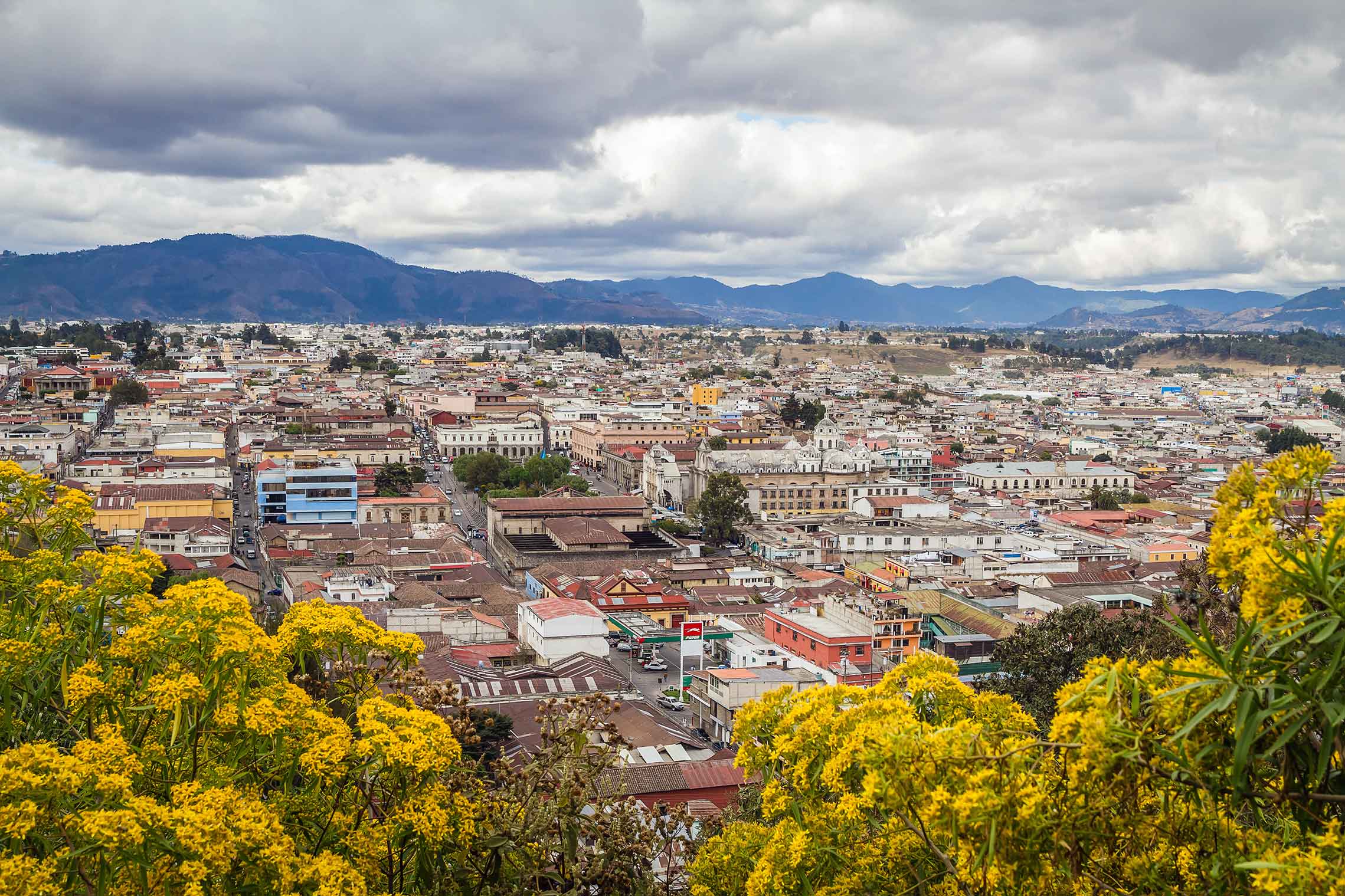

Presentation Final Project Fab Academy 2017 from La Granja Fab Lab on Vimeo.